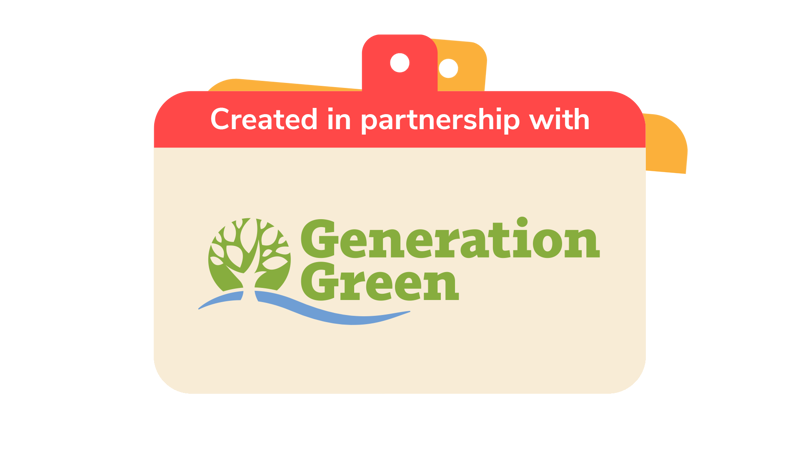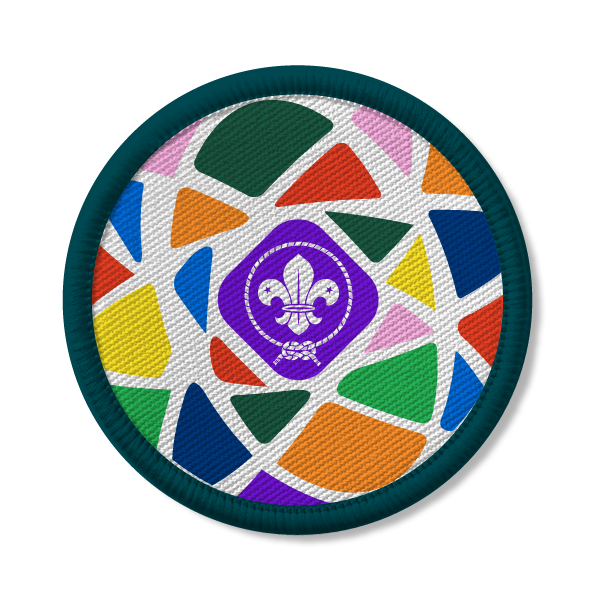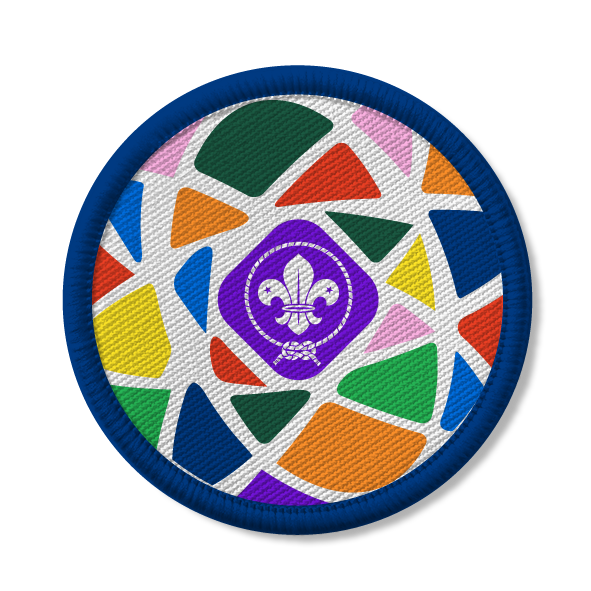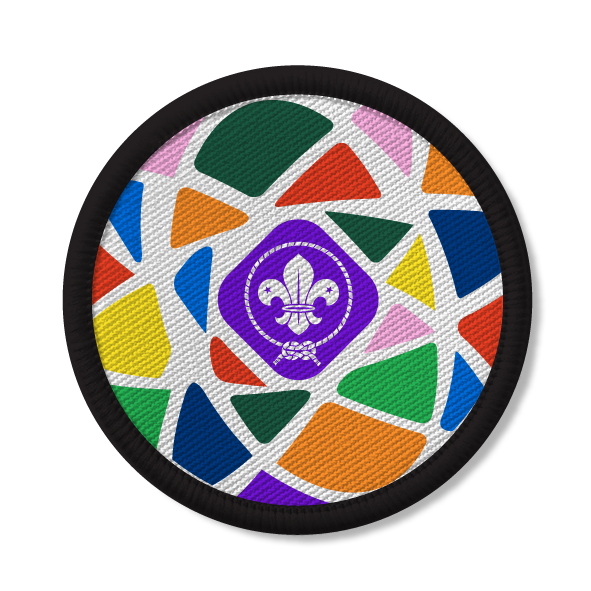
Write here, write now
You’ll need
- Pens or pencils
- A4 paper
- Scissors
- Old newspapers
Before you begin
- You’ll need enough old newspapers or magazines for each pair to have one. Make sure to check through and remove any inappropriate content.
- Cut the headline off the article (but keep both parts!). Lay all the headlines out at one end of your meeting space and put all of the articles at the other end.
- This activity works well on a night away or camp as it’s already split up – you can do the sections one at a time throughout the day or evening. You can also run this in an ordinary meeting and encourage people do the final section (‘Time to write’) at home.
Safety checklist
Use the safety checklist to help you plan and risk assess your activity. Additional coronavirus-related controls to think about may include:
- Set up a hand washing station that you can use throughout the session.
- Make sure people wash their hands before and after using any shared equipment or resources.
- Clean any equipment between different people using it.
- Remind everyone to stay a safe distance apart at all times.
Make the headlines
- Everyone should split into pairs.
- Each part should find a space in the middle of the meeting place – about the same distance from the headlines and the articles.
- One person from each pair should go to the articles, collect one, and take it back to their partner in the middle.
- Each pair should read their article.
- Now they know what the article’s about, the other person in each pair should go to the headlines, choose the one they think matches their article, and take it back to their partner.
- Each pair should take it in turns to share what their article’s about and why they chose the headline they grabbed. For example, were there any stand-out words?
- Everyone should think about whether their headline is the best match for the article. Do any pairs need to swap? Everyone should work together until all of the articles are matched with the right headlines. Each pair should hang on to their article and headline ready for the next part of the activity.
See it through their eyes
- Each pair should join with another pair or two, to form a small group.
- Each group should chat about the articles they have. They should choose the one they think is most interesting.
- One person in each group should take on a character from the article – depending on what their article’s about, they could choose someone who lives in the same place, attended the event, or was involved in the situation.
- Everyone else should become a reporter. The best reporters understand how their interviewees see the situation and appreciate how they feel and what they choose to do – but they still provide a balanced view of what’s happening.
- The reporters should take it in turns to ask the interviewee questions and jot down some notes. They should start with things they already know from the article (for example, their name and their role in the situation) and then move on to find out more than what’s mentioned once the interviewee’s had a chance to warm up.
- Everyone should swap roles so someone else in the group has a turn at being the interviewee. If they can, they should become a different character to keep it interesting.
Plan it out
- Everyone should think about ways articles are published. They could think about local newsletters (for example, school, community, or group newsletters) or local newspapers and magazines.
- Everyone should split into small groups.
- Each group should think about people, topics, or events they could report on. It’s up to them what they choose – they may want to jot down lots of ideas before narrowing it down.
- Each group should cut out words from the newspapers or magazines they used earlier. They should mix up the words to make a headline. The headline can be a work in progress – they can make tweaks later.
- Everyone should decide what investigating they’ll need to do before they write the article. Do they need to interview anyone, visit a location, or read some background information?
- Everyone should make a plan to do any investigating they need to do. Leaders, parents and carers must be aware of what they’re planning to do in advance.
Time to write
- Once everyone’s gathered their research, it’s time to get stuck into the writing.
- Everyone should plan their article – they should aim to write about 600 words across three sections. The beginning should set the scene, introduce the subject of the article, and convince people that it’s interesting. The middle should keep the reader hooked as it explains what’s happened in more details and includes interviews and quotes. The conclusion should offer final thoughts on the subject.
- Everyone should write their article – it’s up to them whether they use pen and paper or a device such as a laptop or tablet.
- Everyone should read through their finished article. Does the subject come across as they intended it to? What edits do they need to make? Editing is a really important part of any writer’s job – the best gems shine when first drafts are polished.
- Once the articles are finished, everyone should gather them together and publish them somewhere.
Reflection
This activity was all about communicating and respecting others. How similar were the interviewee and the person described in the article during ‘See it through their eyes’? Was it easy for people to put themselves in someone else’s shoes and understand how they might answer questions the article didn’t cover? When they were writing their own articles, how easy did people find it to communicate the facts in an interesting way? How did they make sure it stayed true to the topic or event, and the people involved?
Why not repeat ‘Make the headlines’ and ‘See it through their eyes’ using the articles everyone wrote? Did it change anyone’s perspective on the activity? How similar were the interviewees in ‘See it through their eyes’ and the real people the writers interviewed?
Safety
All activities must be safely managed. You must complete a thorough risk assessment and take appropriate steps to reduce risk. Use the safety checklist to help you plan and risk assess your activity. Always get approval for the activity, and have suitable supervision and an InTouch process.
If 600 words is too challenging for some people, reduce the article length. They could include pictures alongside the words too.
People can use whatever tools work for them – including different coloured paper, tablets, or computers. They could also work in pairs so only one person needs to write. At the end of the day, it’s about creativity – it’s OK if the grammar gets a bit confused or the spelling isn't exact. That’s what proofreading is for!
All Scout activities should be inclusive and accessible.
Think more about how you’ll publish the finished articles. Could the group set up their own newspaper or blog? If anyone’s especially enjoyed this activity, they could talk to the leaders (or other groups they’re part of) about opportunities to write more articles. For example, schools may have opportunities for newsletters or bulletins, or you group could put something together about everything you’ve been up to.
Everyone has the chance to choose their own topic, so they should go with something they’ve enjoyed or that they care about.




